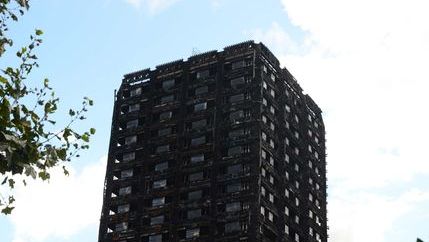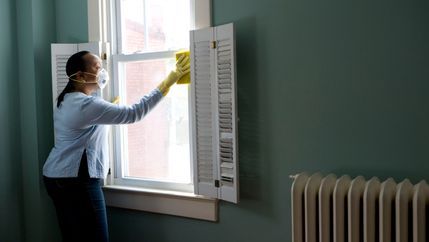
EWS1 is the external wall fire review process that was developed by the industry to assess the potential financial impact of cladding on high-rise flats above 18-meters tall. It was created for buildings with cladding but was being applied to those without, stopping some sales and house moves. Nearly 450,000 homeowners will benefit and there will be Government funding to train 2000 more building assessors to speed up valuations.
Industry bodies impact
Propertymark met with other industry bodies on 4 November, including RICS, to discuss the implications that the process was having on the home buying, selling, and renting processes. The main issue raised was that the UK Government’s Building Safety Fund was not being utilised and remedial work was not being undergone despite funding being made available. One of the main reasons for this was that to complete the EWS1 form, trained assessors are required and only a limited number are available to carry out the checks.
The £700,000 which has been made available by the UK Government to train more assessors, hopes to speed up the valuation process for homeowners in cases where an EWS1 form is required. It will mean up to 200 additional assessors will be qualified to carry out the EWS1 assessment within a month, 900 within three months, and 2,000 within six months.
The Government is also exploring ways to address ongoing concerns around the availability of professional indemnity insurance and welcomes the industry’s progress on developing a portal where lenders, valuers, and leaseholders will be able to find out if their building already has an existing EWS1, thereby reducing the demand for duplicate forms.
Image attribution: "Robert Jenrick Official MP Portrait" used under CC BY 3.0 / Cropped from original
Pre-legislative scrutiny of the Draft Building Safety Bill
Responding to the pre-legislative scrutiny of the Draft Building Safety Bill, we acknowledge the need to upgrade building safety, however, there are concerns about the practical applications of a number of elements along with the cost to leaseholders.







